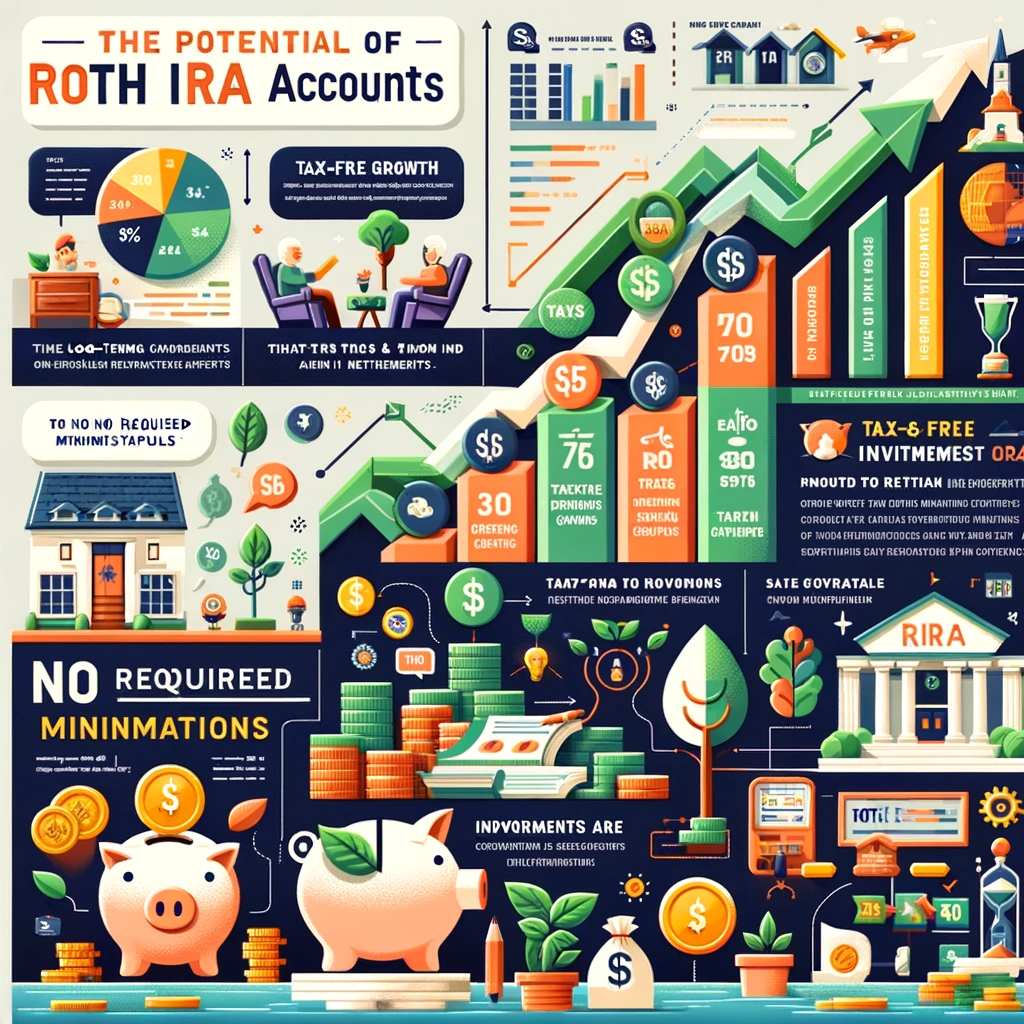In the realm of financial planning, preparing for retirement is akin to setting sail on a vast ocean. Your vessel? Retirement savings plans. These plans are not just about stashing away money; they’re about making informed decisions that ensure you can enjoy your retirement years without financial worry. In this guide, we’ll navigate through the intricacies of retirement savings plans, offering you a beacon of knowledge to chart your course.
Understanding Retirement Savings Plans
The Variety of Plans Available
Retirement savings plans come in many forms, each with its own set of rules, tax implications, and benefits. From employer-sponsored plans like 401(k)s and 403(b)s to individual plans like IRAs and Roth IRAs, understanding the landscape is crucial. We’ll explore the most common types and help you identify which might be the best fit for your financial voyage.
The Importance of Early Planning
Embarking on your retirement savings journey can have a profound impact on your financial security later in life. The power of compound interest means that even small amounts saved today can grow into significant sums over time. We’ll discuss strategies for starting early and staying consistent, no matter where you are in your career.
Maximizing Your Retirement Savings
Contribution Limits and Matching
Knowing the contribution limits of your chosen retirement savings plan is essential. For those with employer-sponsored plans, we’ll explain the importance of taking full advantage of any employer match, as this is essentially free money towards your retirement.
Investment Choices Within Your Plan
Diversification is critical when it comes to the investments within your retirement plan. We’ll provide insights into how to choose a mix of stocks, bonds, and other assets to match your risk tolerance and investment horizon.
Understanding the Tax Implications
Retirement savings plans offer various tax advantages, from tax-deferred growth in traditional IRAs and 401(k)s to tax-free withdrawals in Roth accounts. We’ll help you understand these benefits and how to plan your contributions and withdrawals to minimize your tax burden.
Common Mistakes to Avoid
Not Starting Early Enough
One of the most common pitfalls is waiting too long to start saving for retirement. We’ll discuss the impact of delay and how to catch up if you’re getting a late start.
Overlooking Fees
All retirement plans come with fees, but they can vary widely. We’ll guide you on how to identify and minimize these fees to ensure they don’t eat into your savings unnecessarily.
Failing to Rebalance
As markets fluctuate, so will the composition of your investments. We’ll explain the importance of regular rebalancing to maintain your desired risk level.
FAQs About Retirement Savings Plans
How Much Should I Save for Retirement?
While the exact amount depends on your individual goals and lifestyle expectations, a standard guideline is to aim for a retirement income that’s about 70-80% of your pre-retirement earnings. We’ll delve into how to calculate your specific needs.
Can I Have Multiple Retirement Accounts?
Yes, you can have multiple retirement accounts, and there are often good reasons to do so. We’ll discuss the benefits of diversifying your retirement savings across different account types.
What Happens to My Retirement Plan If I Change Jobs?
Options vary depending on the type of plan, but you can roll over your savings into your new employer’s plan or an individual retirement account (IRA). We’ll cover the steps you need to take to protect and continue growing your savings.
Is It Ever Too Late to Start Saving for Retirement?
It’s always okay to start, but the strategies may differ as you approach retirement age. We’ll offer tips for late starters to maximize their savings in a shorter timeframe.
Conclusion
Embarking on the journey of retirement savings is one of the most significant financial decisions you can make. By understanding the different retirement savings plans available, making early and consistent contributions, and wisely managing your investments, you can ensure that your retirement years are as comfortable and secure as you’ve always dreamed.
Remember, the course to a successful retirement is not without its challenges. But with the proper knowledge and strategies, you can navigate through the turbulent waters of financial planning and reach the tranquil shores of retirement. Let this guide be your compass, helping you make informed decisions that lead to a prosperous future.
In the end, your retirement plan is more than just a savings account; it’s the blueprint for your financial freedom and security in your golden years. By taking action today, you’re not just saving money; you’re investing in the life you want to live tomorrow. So, set your sails, chart your course, and embark on the rewarding journey of retirement planning. Your future self will thank you.






